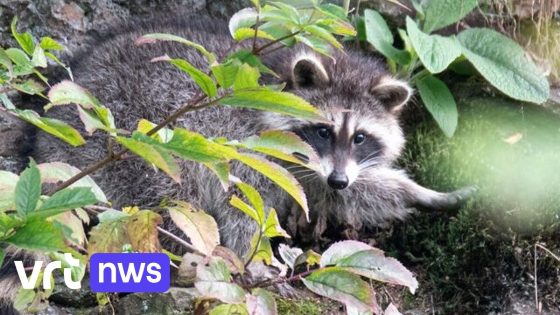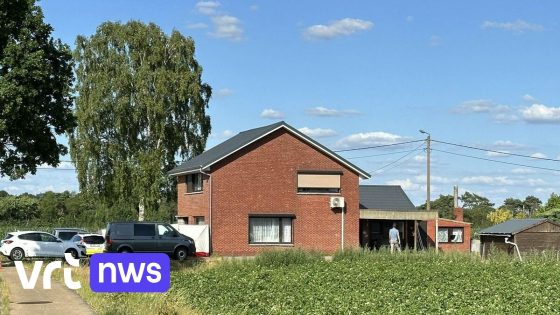A raccoon has been spotted in the Zoerselbos forest in Zoersel, captured by a hobby photographer’s wildlife camera. The appearance of this raccoon highlights the increasing presence of raccoons in the wild across Flanders. On 2025-08-10 19:20:00, the Agentschap voor Natuur en Bos confirmed that sightings of these animals are becoming more frequent in Belgian nature reserves.
- Wasbeer gespot in Zoerselbos wildcamera
- Agentschap meldt toename wasberen in Vlaanderen
- Wasberen verschijnen vaker in het wild
- Wasberen worden als invasieve exoten beschouwd
- Wasberen moeten actief bestreden worden
- Hobbyfotograaf registreert wasbeerbeelden in natuur
While raccoons may look cute, they are invasive exotic species that pose a threat to local ecosystems. This raises important questions for Belgian residents: how should authorities manage this growing raccoon population? And what impact could these animals have on native wildlife?
Understanding the situation in Zoerselbos offers a clear example of the challenges Belgium faces with invasive species, setting the stage for further discussion on control measures.
Why are raccoons spreading in Belgium, and what risks do they bring? Their adaptability and lack of natural predators allow them to thrive, but this can disrupt local habitats and species. Key points include:
- Raccoons compete with native animals for food and shelter.
- They can carry diseases harmful to humans and wildlife.
- Control efforts are necessary to prevent ecological imbalance.
As raccoon sightings become more common, Belgian authorities and citizens must work together to monitor and manage these animals. Will Belgium implement stronger measures to protect its natural heritage? Staying informed and proactive is essential to preserving local ecosystems.































